Low Plank Tips
Practicing Low Plank
Today, we’ll break down one of the hardest foundational poses to do well in yoga – which is the humble Low Plank pose or Chaturanga Dandasana. This pocket rocket of a pose is cheekily challenging and because of that it can often be rushed through in an attempt to get elsewhere. When we do this we don’t move with the best alignment, which tends to overwork the shoulders and wrists and not give you all the amazing benefits that come with doing the pose right. In our Strong Flow style of yoga classes this pose is repeated around 8-10 times during an hour class and so getting it right can create huge body-wide benefits. Working on the correct alignment in low plank will help us to build strength in our arms, shoulders, legs and abdominals. It will also help improve our posture and general stability. Low Plank is the perfect gateway pose for arm balances and inversions like crow or handstand, giving us the strength, alignment and confidence to progress to these more challenging options. And, as with all challenges, it’s definitely character building. Check out this video to give you some things to look out for, the goal we’re shooting for, and some ideas on how to build the strength required… https://www.youtube.com/watch?v=gZ9Yxw4ZKQ4
Our FIVE Top Tips:
- When you start to lower, push forward from your toes so that your whole body moves forward. This will encourage the elbows to stay where they are, aligned directly above the elbows, rather than splaying out or moving backwards.
- For the full pose, only lower the shoulders to elbow height. Going lower than this changes the alignment of the shoulders and puts pressure on the back of the rotator cuff, which can, when repeated 10 times per practice, lead eventually to injury.
- Distribute the work evenly. Instead of allowing all the weight to go through the arms and the shoulders we need to spread the load to make it far more accessible and supported. Engage glutes, legs, spine and core for full body support, and your shoulders will thank you for it.
- Breathing, in general, is crucial, right? So why do we hold our breath when attempting really challenging things? It helps our body and our mind if we can breathe smoothly and consciously through the movement. Take an inhale to prepare and then slowly exhale on the way down. Feel free to rest at the bottom for as long as you need, and then inhale for the journey back up.
- The rise is as important as the fall! Once we’ve mastered the lowering, we need to start working on the rise. This piece is harder. Our aim is to rise in a straight line, in other words, not leaving our hips behind when our chest rises. Try it, it’s harder than it sounds. And we have to be super humble to admit if there is a subtle lag there that can be refined.
Getting into the pose
Starting in plank position, choose either to have your knees down or not. Your hands are directly beneath your shoulders. Press the floor away with your hands to engage the shoulders – there will be a slight separation of the shoulder blades as you press your spine up into the gap between them. Look directly down with gaze, so the neck and head are inline with the spine. In other words we do not want to hang or crane the head forward. Press your sternum forward and your heels back. Draw your navel to spine and lengthen tail to heels, activating your core even more. Draw the front of your thighs to the ceiling without lifting your hips to engage further the legs. Now you should be feeling strong and stable. Now, start to press forward from your feet. You will start to bend the elbows as you come forward, with the elbow joint staying directly above the wrist. Keep strong through your core and legs. The elbows will slide either side of your ribs and the aim is to stop when your shoulders come to elbow height and so the arms make an ‘L’ shape. How long can you hold this position? Ensure the shoulders don’t roll forward. Stay strong across your mid section. Then lower to the floor in the same straight line. Hips and chest will touch down onto the mat at the same time. To push back up, draw your navel to spine, press back through the heels to engage your legs and push your hands downwards to engage the arms and shoulders. Now lift your chest and hips off the mat at the same time and slowly rise in this straight line. Core, legs and spine need to stay engaged to ensure you don’t sag in the centre. Contraindications: Needless to say, if you have any injuries that interfere with this movement, for example to your wrists or shoulders, this pose would not be recommended. Please seek professional advice before taking on this challenging pose. I hope this has been helpful. Happy practising. Emma
